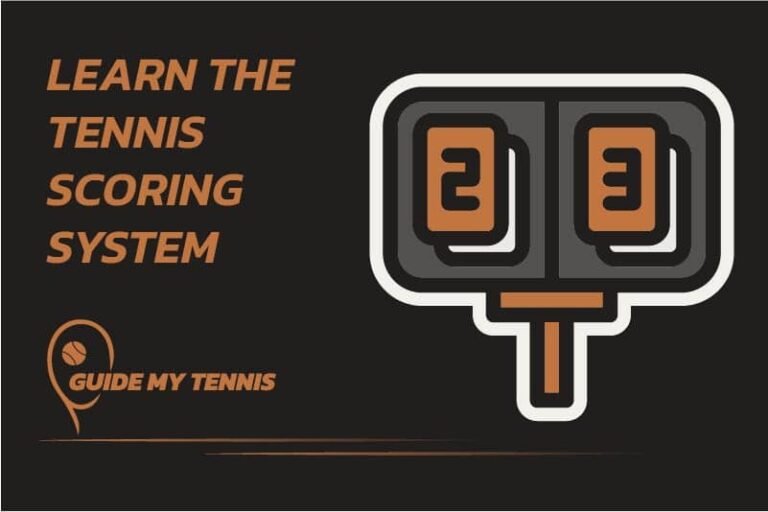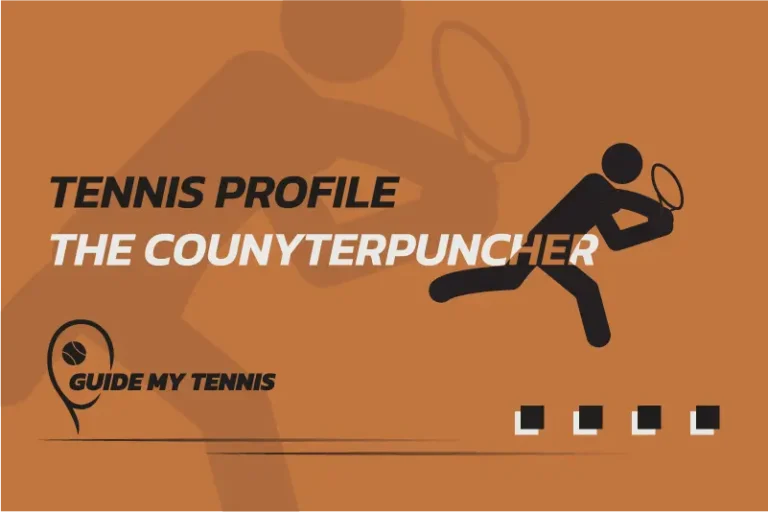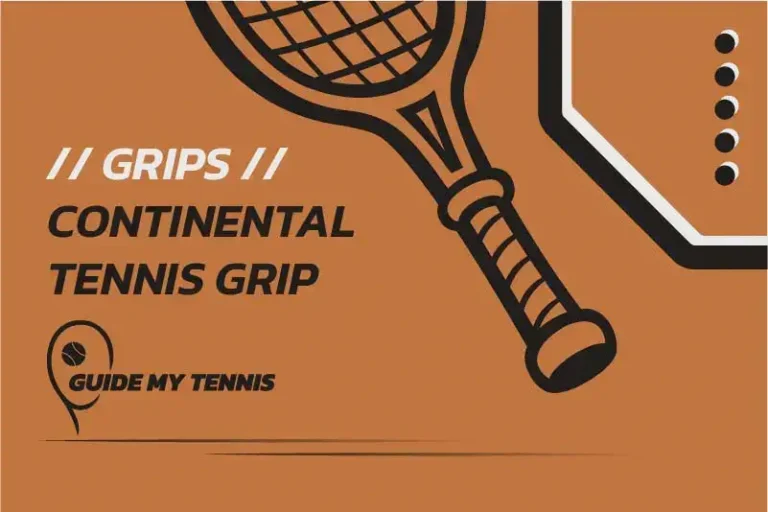5 Steps to Discover Your Tennis Playing Style
Did you know that tennis players approach their game in different ways? Some opt for aggressive strategies while others rather play defensively. How about you?

If you’re here, then you are surely interested in discovering more about your playing style. You see, different players have different tennis playing styles. But do you know what your preferred playing style is?
Well, I cannot answer that question for you. You must embark on your tennis journey and try out different tactics to see what you feel most comfortable with. However, I can point you in the right direction.
Let’s jump right into it.
What are the Different Tennis Playing Styles?
To understand more about the context of this blog, let me introduce you to the main 4 playing styles of this beautiful sport. These 4 strategies are the main playing styles. All other styles stem from these.
- Counterpuncher – A defensive playstyle that is all about running down their opponents’s patience
- Aggressive Baseliner – An attacking play that sees players dictating play from the baseline with sheer power.
- Serve and Volley – An oldie but goldie, where players use their serve to attack and rush the net.
- All-Rounder – A challenging playstyle involving versatility and adaptability
Step 1: What Demographic Do You Form Part of?
To understand your playstyle, you must keep in mind your age, height, and weight. You also have to keep in mind your fitness levels. Some people are fitter than others, do you know which category you fall under?
Age is an important factor that many people tend to overlook. Here is my opinion on what you should focus on at your age. Keep in mind that this is a rough estimation and applies to social tennis:
- Youth players, meaning those who are aged below 18 years of age should focus on developing their technique, understanding the game and enjoying it. At this age, striking the right balance between training routines and academia should be their goal.
- For young adults, they will generally be experiencing the pinnacle of their tennis journey. Players will likely be looking to enter competitions, train regularly and start maturing their game. Everyone improves at different rates and it also depends on how willing you are to achieve your goals.
- Middle-aged people, aged between 35 and 55 tend to focus on maintaining their fitness levels, preventing injuries and playing in competitions at various social clubs. By keeping fit and training regularly, maintaining your tennis levels is not impossible, even as you approach the fifties.
- For senior players, tennis tends to become more of a social activity. As you grow older, playing tennis can benefit your health. One should never hang up their racket due to age. At least that is my opinion.
Remember that the above applies to social tennis. For competitive and professional tennis, things become more serious at a relatively young age.
Step 2: What is your Skill Level?
Your tennis skills will play a critical part in identifying and adopting the game style that you are most comfortable with. Are you a beginner, seeking to learn the basics of the sport? Are you an intermediate who wants to play and improve your skills? Or are you an advanced player who is seeking to play competitively? As you progress, you will automatically become more familiar with the different techniques, the various shot types and how to execute difficult shots at an ever-increasing speed and power. Despite not being an American, I love their NTRP scale.
The NTRP scale is a scale that measures the degree of one’s abilities in the sport. It has been created by the USTA, the United States Tennis Association. It is commonly used across the globe to measure the skills of players. Despite it being created in 1978, this scale is still a great way to measure tennis abilities.
The ATP and WTA use what is commonly known as the UTR. This is the Universal Tennis Rating, a global player rating system that produces an objective index that ranks players’ skills.
Step 3: Do you Suffer from Injuries?
Yes, injuries are unfortunately a common occurrence, especially in a sport such as tennis. Existing players know that it is very physically demanding. This becomes more evident the higher you climb the NTRP scale.
Some of the most common injuries among social players include tennis elbow, wrist issues, and even back pain.
Considering injuries is an important part as it can affect the type of play that you feel most comfortable in. For example, someone suffering from wrist issues is more likely to hit flat shots and less likely to play with topspin.
Step 4: What are your Strengths and Weaknesses?
Okay, I know what you’re saying. You’re thinking that you don’t have any particular strength or weakness. You’re an all-rounder. The reality is, all-rounder players are generally professional ATP or WTA players. In social tennis club environments, 99% of players all suffer from at least 1 weakness. The most common being the backhand groundstroke.
But why will this affect your game style? It’s simple really. If for example, you’re not confident at the net, then the serve and volley might not really be the best play style, unless you improve on that weakness. If your movement is light around the court, then you are more likely to have the advantage of wearing out your opponent. You wear them out by keeping the ball in play, no matter what. This type of play style is called counterpunching
Step 5: What Play Style Makes You Feel Most Comfortable?
Now it is time to experiment a bit. You will never really know what play style is best for you until you try them out. And the best thing to do is to practise against different players. Players who are better than you and play in different ways. At this stage, the most important thing to notice is the way you’re feeling when playing a particular style. The way you feel should not be neglected. It should not be neglected especially when someone else is using language to try and tell you what works best for you. Your body will automatically show you which playing style works best for you and your body, with your respective tennis level.
Speaking of what makes you feel more comfortable, you must also look at your gear. Are you playing with the right tennis racket? If you’re not sure, I have the perfect set of guides to help you choose your racket.
Here’s a Tip…
If you’re in doubt, I suggest that you record yourself playing in different styles. This way, you get to observe your strengths and weaknesses, observe where you need to improve and even gain more understanding about the opponent.
Recording yourself playing tennis will go a long way in helping you understand who you are as a player.





